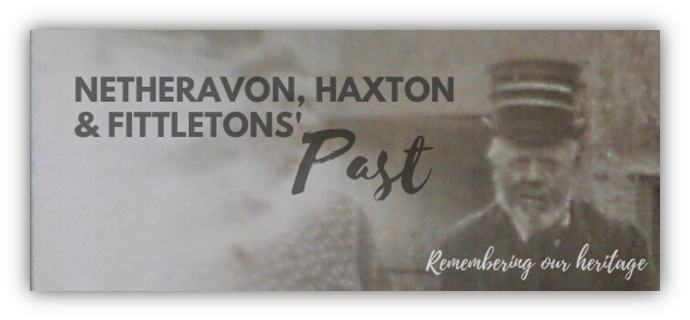This is an area rich in Neolithic and Bronze Age archaeological remains and information given here can only give an indication of what was a relatively densely populated area, important as a focus for ritual and ceremonial activity. Our knowledge has been hugely increased by aerial photography and geophysical surveys. In spite of a certain amount of military firing damage most remains have been preserved on the downs and thereby saved from modern agricultural damage for the whole of the 20th century and onwards. In recent times investigations brought about by work to gas and water mains have brought forth more information.
Netheravon, Fittleton and Haxton are included in the Stonehenge World Heritage Site Mapping Project. Each parish has an area of downland in it reaching up onto the Plain but the main centres of habitation have always been within sight of the river.
The earliest monuments to be found on the plain within our parishes are long barrows, burial mounds dating from the Neolithic era. A long barrow at Netheravon Bake (south west of Wexland Farm) has been dated to 3646 -3378 BC. Also found nearby, and indicating early dairy farming, were bones of cattle, pigs and red deer antlers. Not far away and of approximately similar date is the causewayed enclosure at Robin Hood’s Ball. Such earthworks are thought to have been centres of trade or ritual and social gatherings.
There are many other barrows of the early Bronze Age, of varying shapes but largely round, often grouped together in prominent positions. Later burials often cluster around them or in them because of their ritual importance. There are three barrows, probably Early Bronze Age, at the top of the hill past the Netheravon cemetery, which were investigated in 2014 due to disturbance by badgers. They were found to contain human cremations and various artefacts.
Iron Age/Romano – British
The population increase in the Iron Age is evidenced by the many field systems on the downs some of which cut across older earthworks. Excavations in connection with pipeline construction in 1991 and 1995 revealed a large multi-sided ditched enclosure south east of Manor Farm. Nine burials and some drying kilns were investigated within the main boundary and evidence of numerous smaller enclosures, round houses and pits. This site continued in use through into the Roman period.

